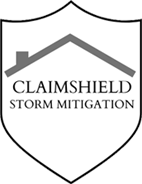Too often, homeowners are left dealing with the costly aftermath of hiring unprofessional or profit-driven contractors. Instead of solving the problem, their poor workmanship creates even more damage—and bigger headaches. That’s why homeowners across the nation are turning to ClaimShield Storm Mitigation as the trusted choice for dependable, effective, temporary protection.
See the case studies below to understand how ClaimShield consistently delivers peace of mind when others fall short.
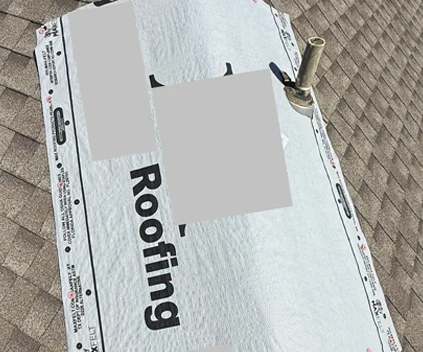
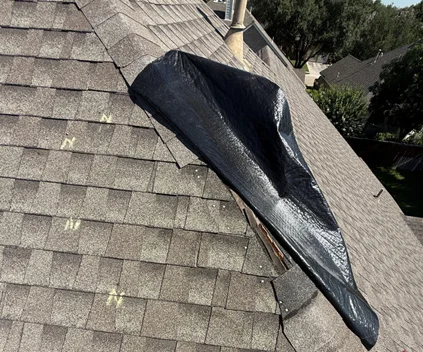
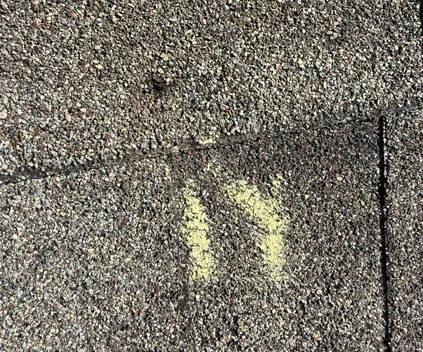
In this case, the insured opted to hire their own roofing contractor to install an emergency tarp following a storm event. Unfortunately, the contractor’s lack of experience with temporary protection led to significant mistakes. Instead of preventing further damage, the roofer created over 20 punctures in the shingle system during the tarping process—far exceeding the original scope of damage.
The result was a compounded problem: the additional damage was not storm-related but caused by the contractor’s negligence. Because the total cost of repairs remained below the homeowner’s deductible, the insurance carrier did not cover the claim. This left the homeowner fully liable for all repair expenses—more than twice what the cost would have been had the roof been correctly and professionally protected from the start.
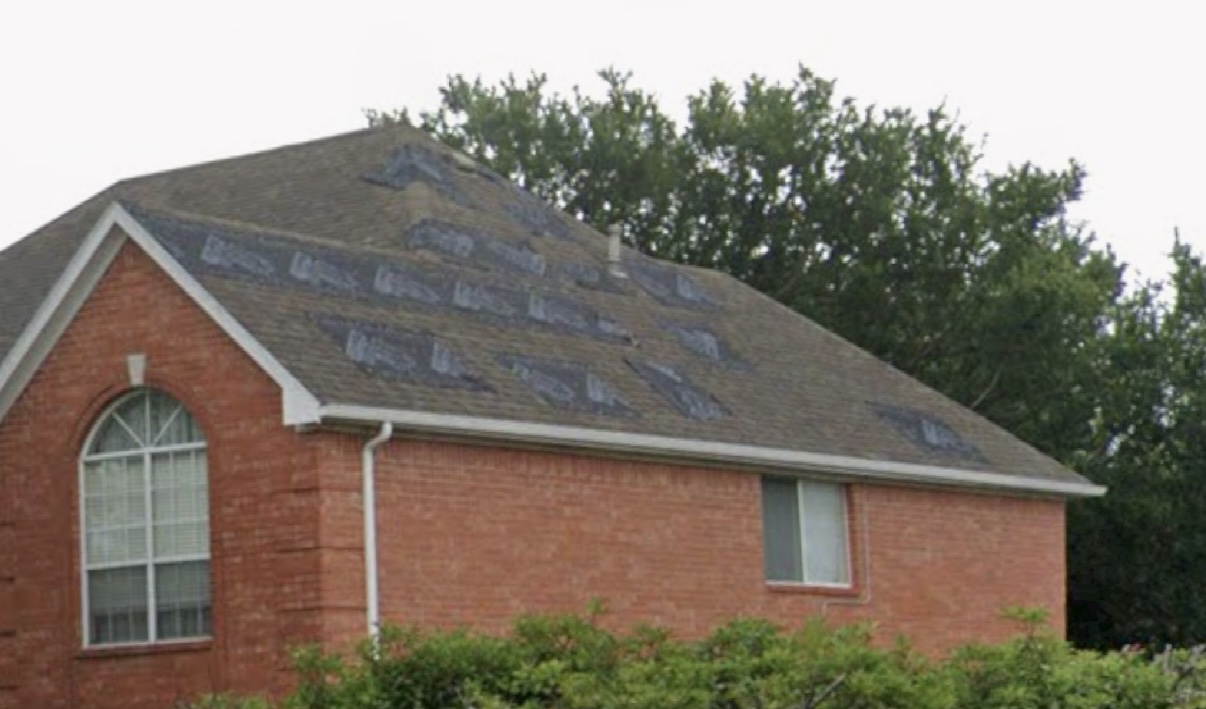
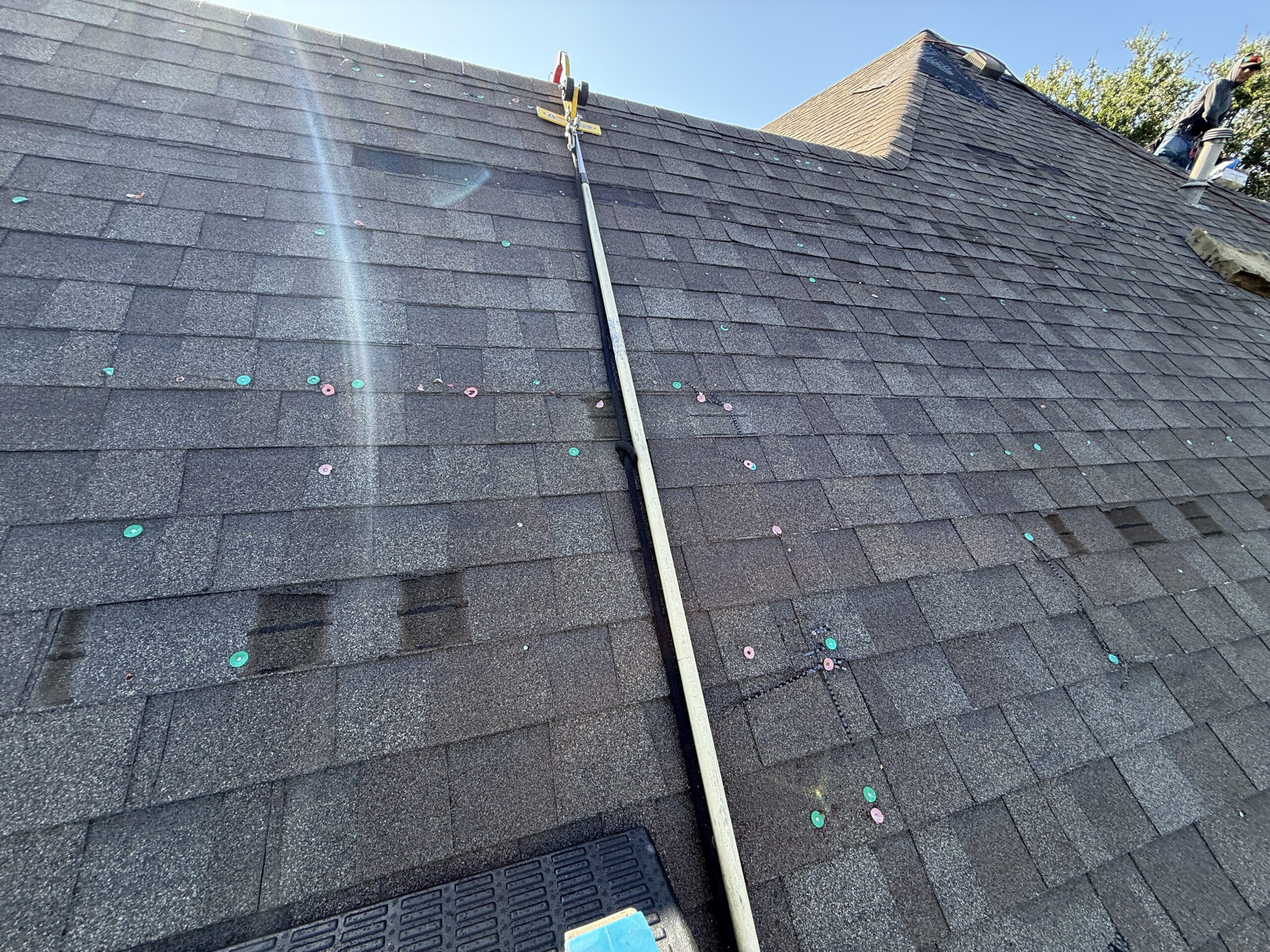
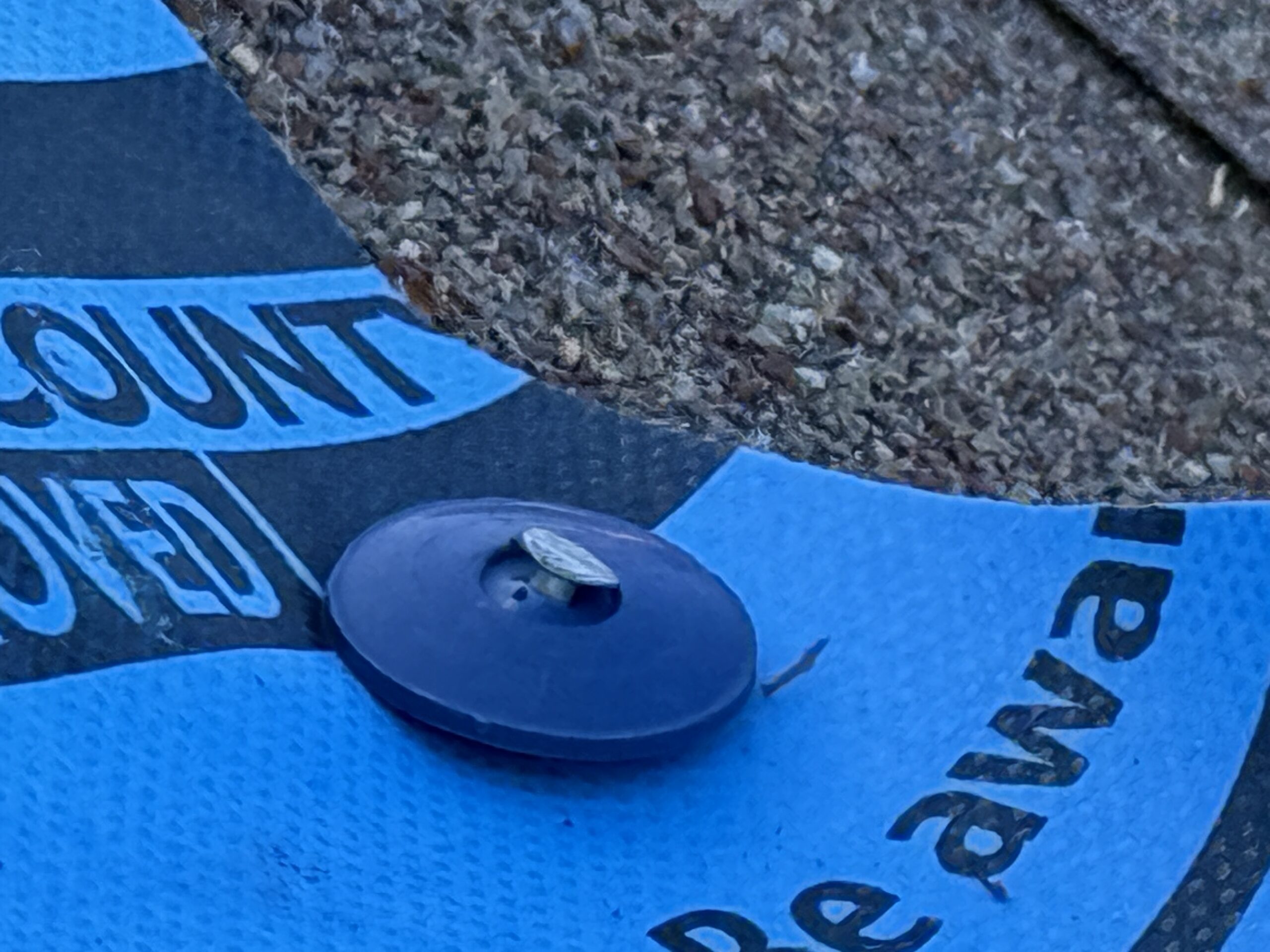
In this case, the homeowner reported a minor roof leak and suspected wind damage, prompting her to contact a local roofing contractor. Without conducting a proper assessment or confirming the source of the leak, the contractor tarped over 75% of the roof slope. In reality, the only damage was to the appliqué layer—a superficial roofing component that posed no immediate threat and required only minor repairs.
The over-application of tarps—combined with a complete lack of proper documentation—severely disrupted the insurance claim process. The contractor failed to provide photo evidence or justification for the extent of the coverage, making it impossible for insurance adjusters to verify the original damage. This caused unnecessary delays, confusion, and frustration.
To allow the insurer to inspect the roof, the contractor’s crew removed the original tarps. Unfortunately, after the inspection, they reinstalled new tarps just as poorly—this time using exposed nails that were not fully driven in, leaving the roof more vulnerable to future leaks and shingle damage.
If ClaimShield Storm Mitigation had been called, our experienced team would have identified the exact source of the leak and determined whether it originated from the roof or elsewhere. If tarping was truly needed, we would have applied our non-invasive, non-penetrative self-adhering tarp system—fully preserving the existing, undamaged shingles while also mitigating any potential future water intrusion.
This case illustrates the critical value of using trained, insurance-conscious mitigation specialists. When the wrong contractor is called, homeowners can end up with unnecessary damage, delayed claims, and costly consequences.
